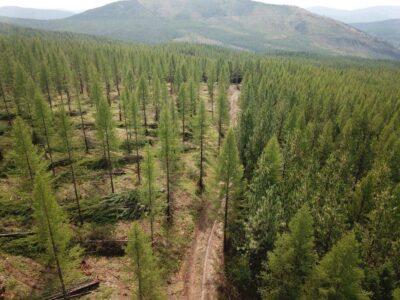Hey there, folks! So, let’s talk about something that’s been making waves in the environmental law and climate policy circles. Remember my post from August 2021 over at Legal Planet? I shared some thoughts on a Science article I had a hand in, which stirred up quite the conversation about public land use rights. Well, fast forward to today, and the Bureau of Land Management (BLM) has just dropped some big news that’s got everyone talking.
A Shift in Public Lands Policy
The BLM’s latest press release is a game-changer. They’re now officially putting conservation on the scoreboard, treating it as a major player alongside the usual suspects in land management. It’s a pretty big deal considering the historical context. Let’s take a quick trip down memory lane.
Back in the day, when our public resource laws were penned, they were all about getting those lands to work, stat. If you struck gold (or anything valuable, really), you could claim it, and boom, it was yours. Fast forward to the present, and this “use it or lose it” mantra has been the name of the game, especially for industries like grazing, mining, and oil & gas. But what if you just wanted to let the trees chill, keep the oil where it is, or let the range roam free? Nope, no bidding for you.
Outdated Rules Meet Modern Values
Times have changed, and those old-school rules just don’t cut it anymore. In our article, we made a case for letting conservationists throw their hat in the ring and bid on public resource rights, just like those extractive industries. Why? Because it’s time the market reflected the demand for conservation that’s been overlooked due to political wrangling. It’s about creating conservation outcomes that stick.
The new BLM rule is shaking things up, but it’s not quite an all-out brawl between conservation and extraction. What it does do is open the door for “restoration leases” and “mitigation leases” across a whopping tenth of the nation’s landmass. Think restoring habitats for wildlife or balancing out the environmental impact of energy projects by protecting other areas. It’s a start.
Controversy and the Road Ahead
Of course, not everyone’s on board with this new direction. Take Wyoming Governor Mark Gordon, for example. He’s not exactly cheering from the sidelines, calling this a “very top-down, Washington-centric approach.” And it’s not just talk; the Western Energy Alliance is gearing up to challenge the rule, claiming these new lease categories don’t fit the bill for “uses” under the Federal Land Policy and Management Act (FLPMA).
Will this rule be the game-changer conservationists are hoping for? It’s hard to say right now. There’s potential for these new leases to protect lands that are ecologically or scenically precious, but whether they’ll actually give extractive bids a run for their money is still up in the air. And let’s not forget about the states like Wyoming that rely on the cash flow from extractive leases. There’s a lot hanging in the balance.
But one thing’s for sure, we’re about to find out what impact this rule will have. The BLM is definitely bringing our public lands laws into the 21st century, and that’s worth keeping an eye on.
Conservation Takes Its Place in Land Management
So, there you have it. The BLM is rewriting the playbook, and conservation is finally getting its due. It’s a new chapter for public lands management, and I’m here for it. Stay tuned, because this is just the beginning, and I’ll be right here to break it all down for you as it unfolds. Until next time, keep your eyes on the horizon and your feet on the trail!
Did you miss our previous article…
https://pardonresearch.com/?p=3493
